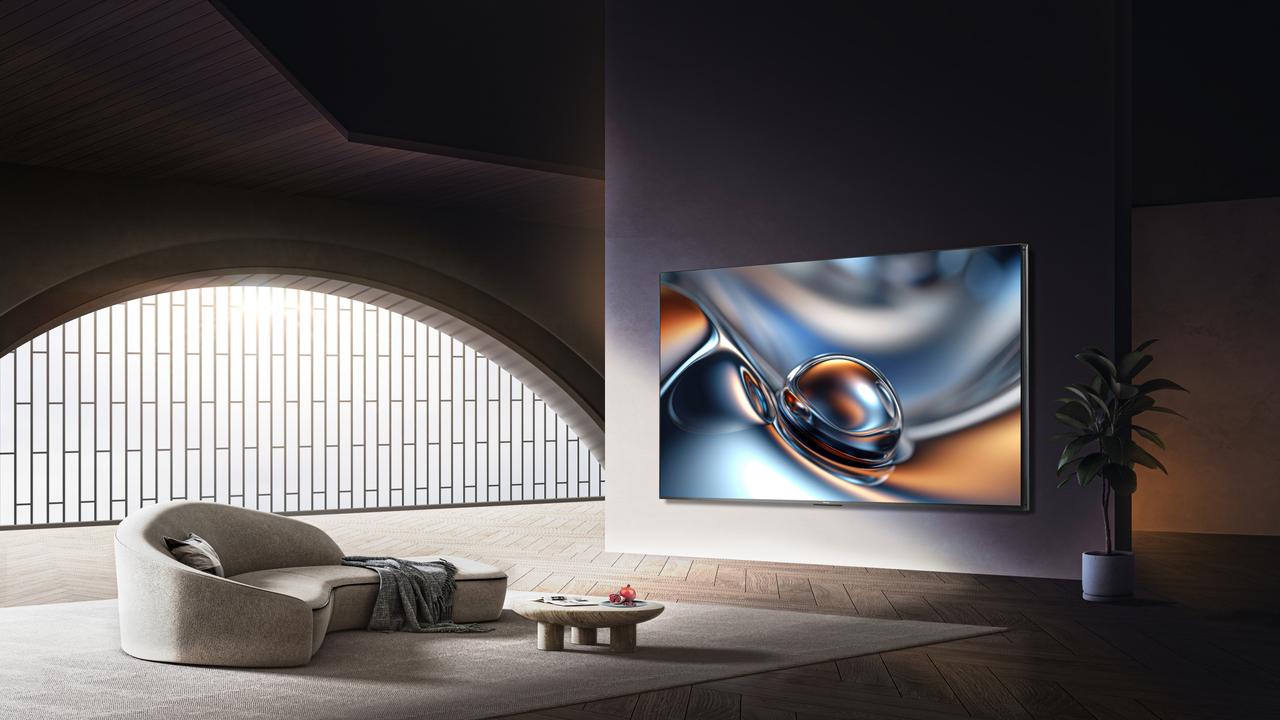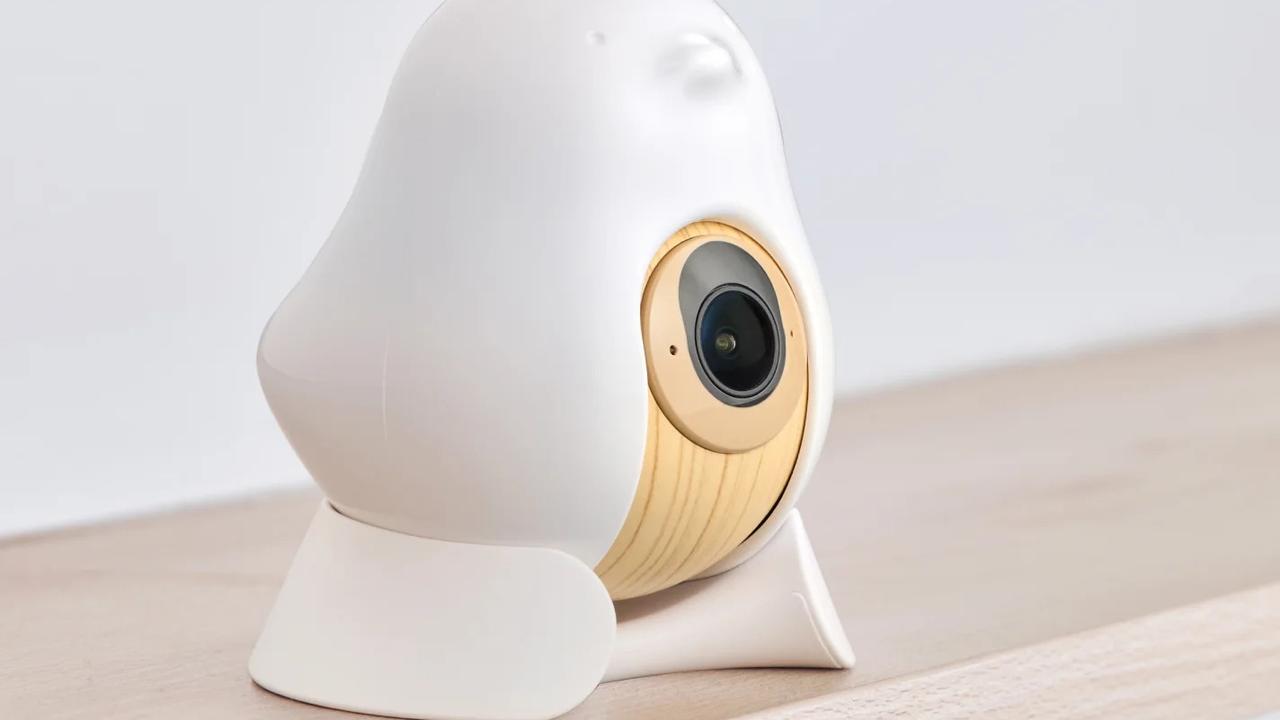Samsung, Sony, Hisense, LG offer great TVs for gaming
The release of new Xbox and PlayStation consoles has heralded next generation gaming.
The release of the Microsoft Xbox Series X/S and Sony PlayStation 5 (PS5) consoles has well and truly heralded the arrival of “next generation” gaming, offering powerful systems capable of playing complex and graphically demanding games.
Both the new PlayStation and Xbox consoles offer 4K gaming at 120hz refresh rate, but to get the full benefit gamers need a decent 4K TV – and there are a lot on the market, as a foray into any electronics retailer will prove.
Good quality 4K TVs of the kind ideal for gaming feature LED (Light-Emitting Diode) screens which offer high dynamic range (which enhances the contrast between the brightest and darkest parts of an image), variable refresh rates, and use the HDMI 2.1 standard for connecting to devices such as sound bars and next-generation consoles.
There are three main types of LED-based TVs on the market in Australia – OLED, QLED and ULED – representing differences in the screen display technology.
If you are thinking about upgrading your TV and getting a PlayStation 5 or Xbox Series X when stocks become more readily available, you might wonder what each of the displays offers for console gaming, so here’s a brief overview.
OLED
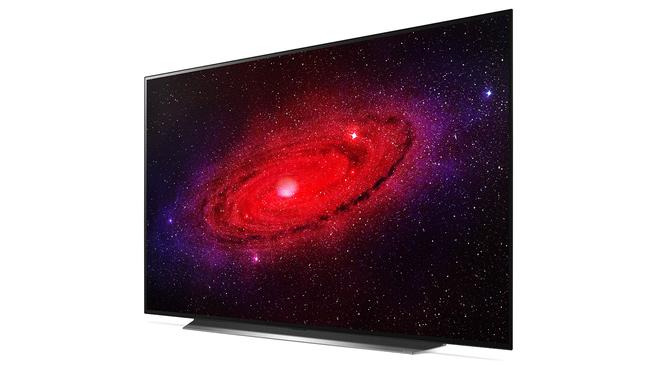
OLED stands for “organic light emitting diode” and is essentially where each pixel on the screen is a tiny light bulb capable of displaying both light and colour.
One of the major advantages of OLED TVs is their high refresh rates and ability to display deep black colours (essentially the same colour as when the TV is turned off), which from a gaming perspective means distinct and better darkness – particularly for shadows, night skies and so on.
LG is a major manufacturer of OLED TVs and officially partnered with Xbox as a TV manufacturer for the Xbox Series X/S launch. According to the official announcement, games will not only look and sound incredible on an LG OLED TV, but will be more responsive with features such as a 1 millisecond response time with low input lag and support for the latest HDMI specifications including variable refresh rate (VRR), auto low latency mode (ALLM) and enhanced return audio channel (eARC).
The announcement says that “with self-lit pixel technology, LG OLED TVs boast advanced picture quality with vibrant, natural colours and infinite contrast, delivering a wide colour gamut and HDR performance. As the first TV and the first gaming console designed to support Dolby Vision and Dolby Atmos, LG OLED TV and Xbox Series X will draw gamers deep into the action with dynamic images and sounds.”
LG Electronics Australia home entertainment marketing manager Tony Brown says the company’s OLED TVs “offer a leading edge, premium gaming experience due to self-lit pixels which can respond in one millisecond reducing blur and flicker in action-packed gaming scenes”.
“We believe the combination of self-lit pixel technology and the ability to show 4K games at 120 frames per second make LG OLED TVs the perfect choice for Australian gamers looking to experience the new Xbox Series X,” he says.
While LG have officially partnered with Xbox, their 4K TVs will work absolutely perfectly with a PlayStation 5 as well. I’ve tested this myself and can confirm it from first hand experience.
QLED
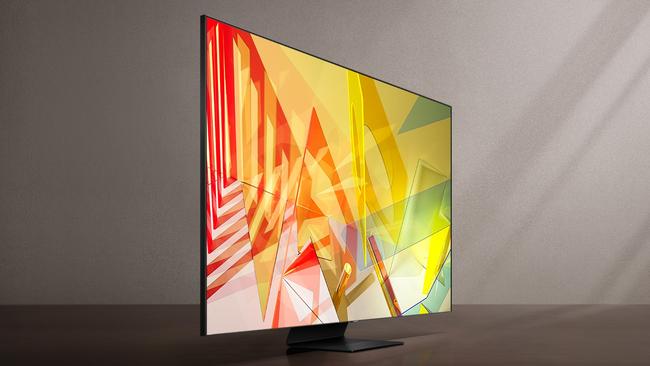
The other main consumer LED display tech is quantum LED (QLED), which is similar to OLED but uses quantum dots in the display to provide a boost to the colour and vibrancy on the screen.
Samsung make extensive use of QLED technology in its 4K TVs and Samsung Australia’s TV/AV product manager Aaron McNamara says the cornerstones of QLED technology are colour and brightness, which are very important for gaming.
“Quantum dots are illuminating our panel and providing that dazzling colour – we can push a display brighter than some other displays,” he says.
“Because (the screen) is a non-organic material, no matter how long a gaming marathon drags on for, there is no risk of screen burn-in. QLED (is about) colour, it’s brightness, it will give you a fantastic experience out of next-gen consoles.”
Mr McNamara says the benefits that QLED screens offer for gaming are apparent with high dynamic range in play, especially in the next-generation consoles with feature ray-tracing graphics capabilities.
“We’ve had HDR gaming for a few years now and the HDR capabilities (of our TVs) bring raytracing to life,” he says.
QLED TVs, regardless of manufacturer, also work perfectly with both next-gen console systems. Again, I’ve tested this myself to confirm it, so regardless of whether you have a PlayStation 5 or Xbox Series X/S, you can plug it into a QLED TV and it will work extremely well.
ULED
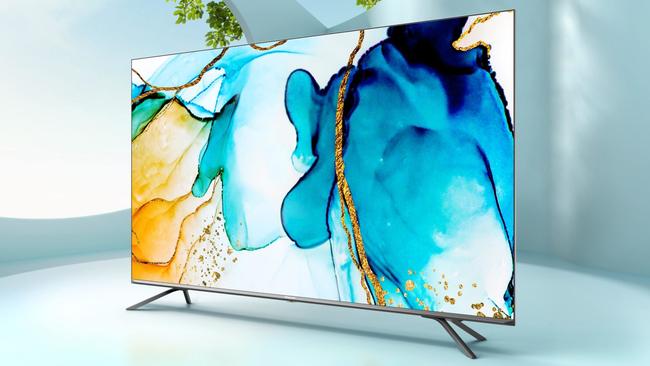
ULED stands for “ultra light emitting diode” and has been developed by Hisense for its TV range. Rather than being a single element, it’s an umbrella for numerous different patents the company holds regarding high-definition LED displays.
From a consumer perspective, the screen uses quantum dot colour technology like QLED offered by other manufacturers, but from a branding perspective there’s more to it, says Hisense national retail trainer Chris Mayer.
“The reason we don’t call them QLED is it’s only one part of the TV,” he says. “ULED is quantum dot, plus full array dimming, plus Dolby Atmos, plus Dolby Vision.”
The full array dimming feature is of interest to gamers, as it lights the image from behind and can be turned on and off at individual light levels, instead of illuminating the whole image at once, and makes a big difference for action games where a lot happens.
As with the other 4K TVs, ULED 4K TVs will work perfectly with either PlayStation or Xbox consoles.
SONY BRAVIA
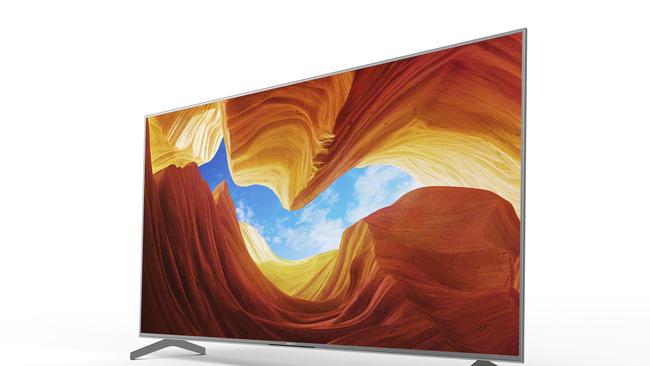
Given Sony make excellent TVs as well as the PlayStation 5, it is expected there will be a connection between the two product ranges, and indeed there is.
Sony Bravia TVs are advertised as being “perfect for PlayStation” and Sony Australia/NZ TV head Aki Hosoda says all Sony Bravia 2020 TVs have a game mode function which automatically reduces input lag, and switches the TV to the ideal settings for gameplay when a PlayStation 4, PlayStation 4 Pro or PlayStation 5 is connected via HDMI.
“More specifically, the 4K X90H, and 8K Z9G and Z8H HDR Full Array LED TVs have 4K 120fps, a PS5 feature that allows for additional frames for a smoother gaming experience. Our X1 processor and full array LED produces bright HDR scenes for gaming, and punchy contrast that enhances the clarity when gaming,” he says.
While Sony make the PlayStation 5, its TVs also work perfectly with the Xbox consoles.
WHICH ONE FOR NEXT-GEN GAMING?
Which one is “best” for gaming? It sounds like a cop-out, but OLED and QLED/ULED are all excellent and a lot of it boils down to personal preference. Both OLED and QLED/ULED look amazing, display 4K resolution images with sharp clarity and detail, and showcase the experience the next-generation consoles offer.
Ultimately, you need to get a 4K TV from a well-known manufacturer and ensure it has HDMI 2.1 inputs (to plug the console in), an HDR-enabled display, and a 120hz refresh rate (one of the HDMI ports should note it). You’ll then be assured of a top-shelf next-generation gaming experience, regardless of which console ecosystem you play in.

